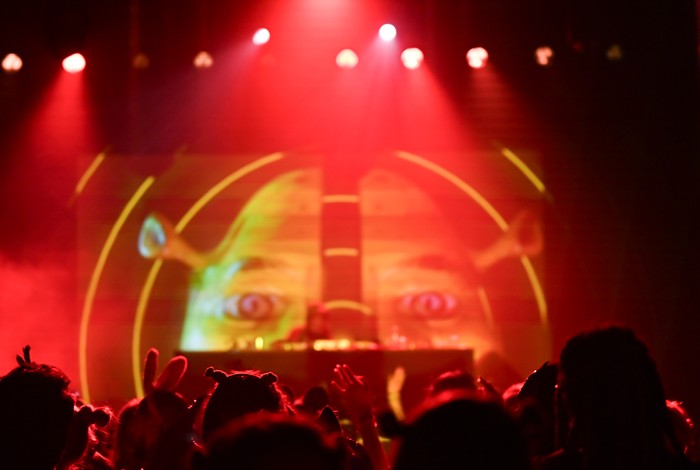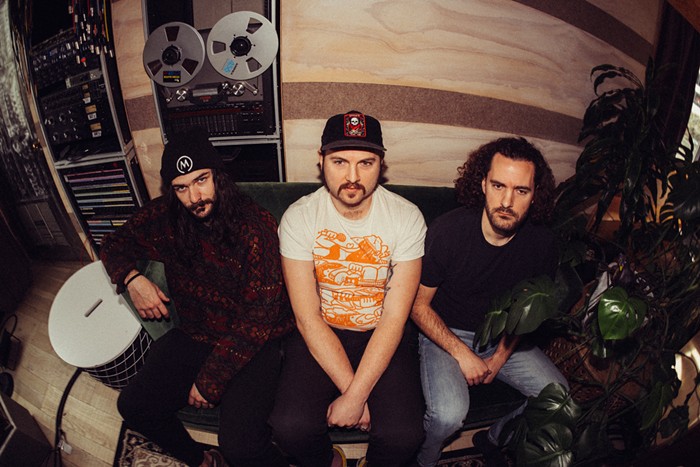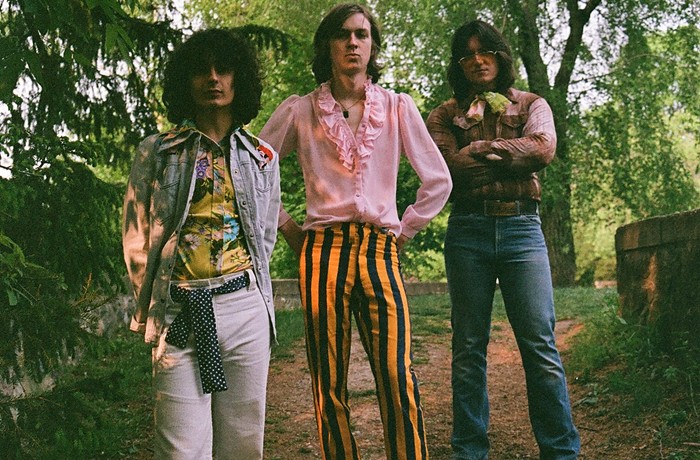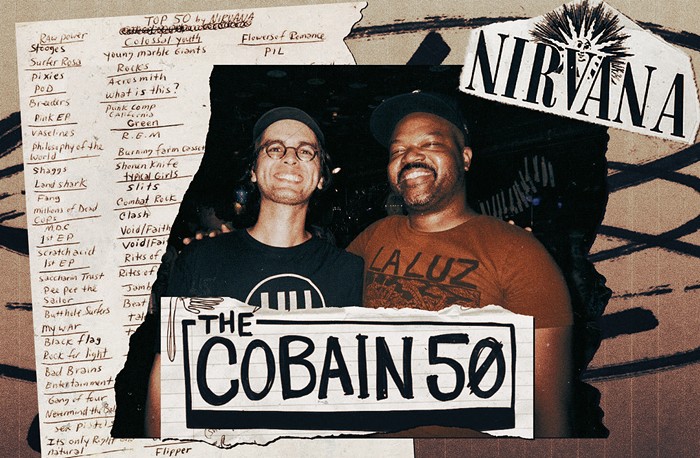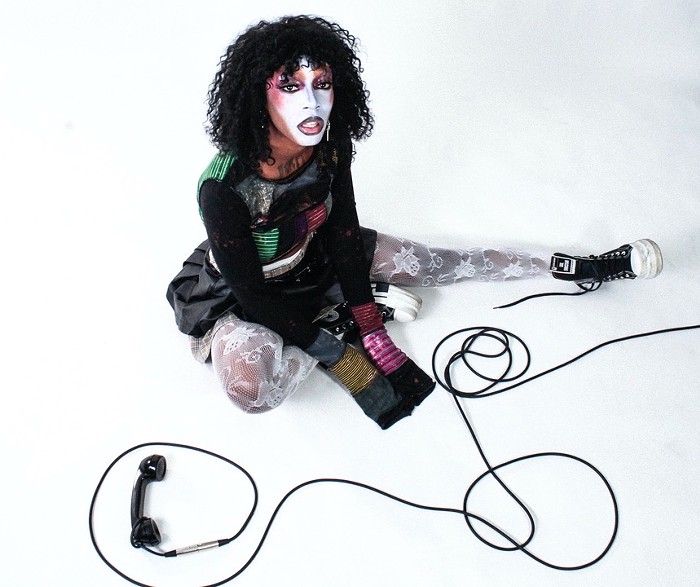It's telling that Jimmy LaValle named his solo project, the Album Leaf, after a Chopin piano solo. "I spent about 12 years playing classical music," says LaValle. "It's how I was raised. I played in band and orchestra at school and took about three or four years of lessons on piano." Putting to use that musical background, LaValle has since played with a staggering variety of bands—San Diego hardcore greats like the Locust, Crimson Curse, and Swing Kids; slowcore ensemble Black Heart Procession; dub punks GoGoGo Airheart; and instrumental post rockers Tristeza—but as the Album Leaf, he takes on the role of reclusive composer, working alone or with a few friends to produce his delicately ornate pop symphonies.
LaValle began his musical career in the mid-'90s about as far from his formal training as he could get, playing with grind gods the Locust (he played keyboards on their self-titled debut 7-inch) and their sister bands Swing Kids and the Crimson Curse, who antagonized audiences and demolished pop and classical forms at every turn.
"The noise stuff... I was 17 years old," shrugs LaValle. "You grow up at some point."
In 1997, LaValle began flexing his more serious musical muscles with Tristeza, an instrumental outfit distinguished by atmospheric production, occasionally odd time signatures, and LaValle's hypnotic, spiraling guitar work. The band toured and recorded incessantly, but it was then when LaValle began recording and performing solo material as the Album Leaf.
It's not surprising that the Album Leaf's 1999 debut, An Orchestrated Rise to Fall, sounds like a collection of muted Tristeza outtakes with slightly lower production values. The following full-length, 2001's One Day I'll Be on Time, is more of the beautiful same, an album full of mellow instrumentals accented by slight synths and unimposing drum programming.
In 2003, LaValle left Tristeza to focus on the Album Leaf full-time. "It just came to a point where I wasn't happy with the direction [Tristeza] was heading," recalls LaValle. "I was wanting a change, and the Album Leaf was demanding a lot more of my attention, so it was just the perfect opportunity to leave the band and focus on that."
Around that same time, LaValle established a permanent live lineup for the first time since he began performing under the moniker. What began as an orchestra of one now includes drummer Timothy Reece, violinist Matthew Resovich, multi-instrumentalist Drew Andrews, and visual artist Andrew Pates. "I started doing shows around '99 or 2000, and they were mostly just solo shows. I'd put a band together to tour and then put another band together to do another tour, but this is a permanent lineup."
In concert, the band use live visuals to lend greater impact to LaValle's creations. "We try to take over whatever club we're at and make it our own," says LaValle. "We want to take over the atmosphere and make people forget where they are."
For 2004's In a Safe Place, LaValle sojourned in Iceland, recording with Sigur Rós and their string section, Amina, in the band's Sundlaugin studio. The album makes dramatic strides in terms of production, echoing the expansive clarity heard in Sigur Rós's own work. This album also finds LaValle adding vocals to his compositions, a move he would take even further with 2006's Into the Blue Again.
Into the Blue Again—also recorded at Sundlaugin—mixes LaValle's signature instrumental numbers with melancholy ballads such as "Always for You," "Writing's on the Wall," and "Wherever I Go." LaValle's productions are as strong as ever, and his understated vocals go a long way toward making his music more than just pretty wallpaper. "Always for You" is an especially successful song, a perfect combination of intricate instrumentation and memorable lyrical melodies.
"It's something I've always wanted to do," says LaValle. "I've always wanted to sing but still stay true to what I do as far as the instrumentals. I wanted to find a balance between the two, to reach out to a larger audience and bring them back in to instrumental music."
LaValle's bid for wider acceptance, paired with his well-established talent for classically beautiful songwriting, has paid off—he's released his best album yet and garnered a career that's taken him from the underground of San Diego to the soundtrack of The O.C. 
